Studio Essentials: Polar Inertia
The mysterious producers talk us through the key pieces of studio gear behind their techno sound.
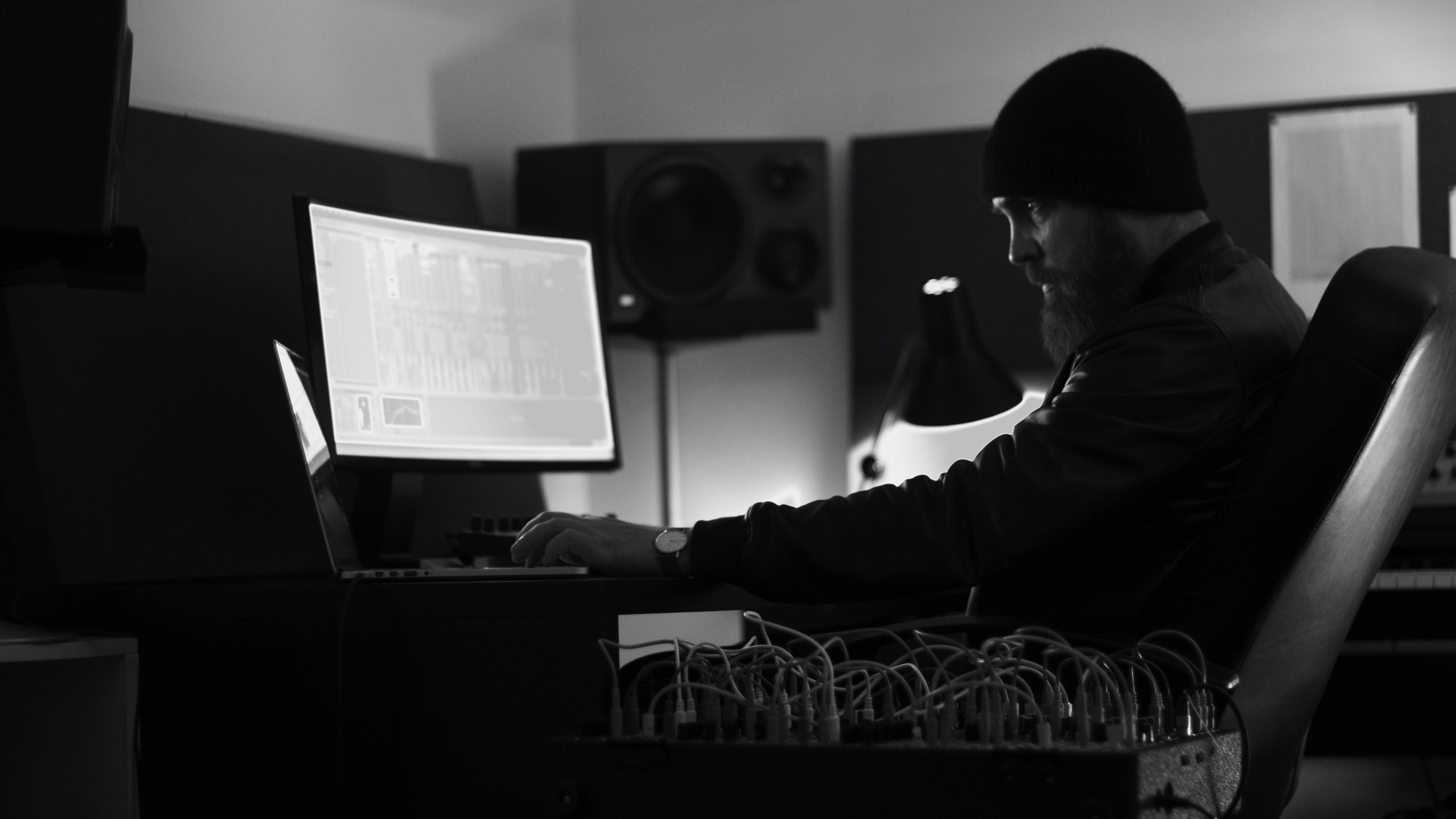
Polar Inertia is a hazy entity formed in 2010, appearing at first as an electronic music act. Almost nothing is known about the project; even the members and quantity thereof, remain undisclosed. “We are no one because we want to be no one, and to be no one we have to be everywhere and nowhere,” says a recent press release. Beyond the music and the records, the members are also the authors of texts, photographic works, printed artworks, videos and specific live performances for different contexts. All of their releases to date have arrived via Dement3d Records, and in this rare piece of media coverage, those behind the project talk us through their key pieces of studio gear behind their techno sound.
Polar Inertia will be performing alongside Mark Ernestus’ Ndagga Rhythm Force, Kettenkarussel, The Mole and many more key names at Freqs of Nature Festival. This year’s edition takes place from July 5-11 in Niedergörsdorf, Germany, with more information available here.
Cwejman Synthesis Modules VCO2RM / MMF1
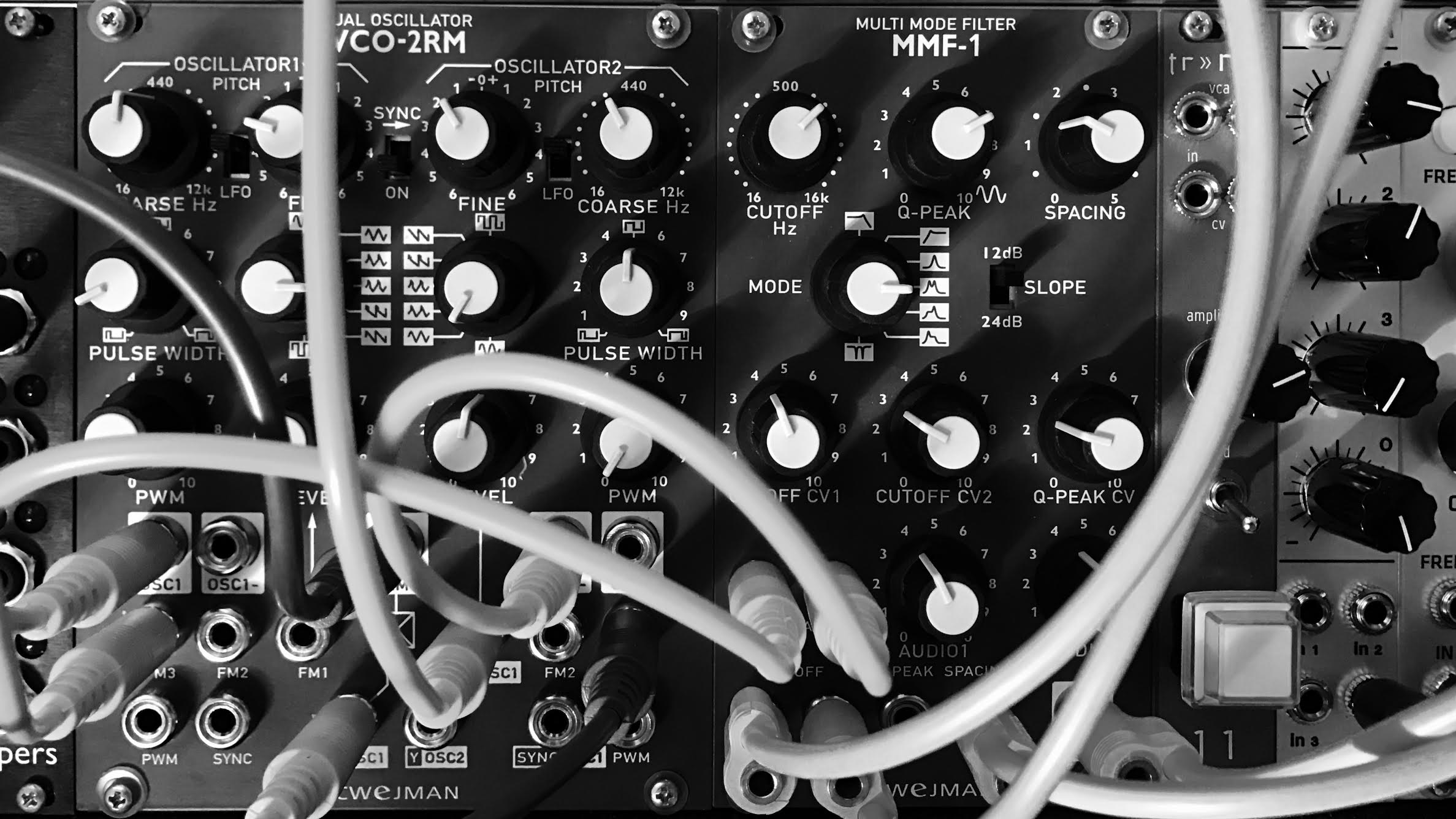
We have a nice variety of modular units, from the most classic to the wildest ones—and here we’ll focus on two pretty classic ones: the dual oscillator VCO 2RM and the MMF1 Filter, both made by Cwejman.
The VCO2RM is one of our principal sonic sources, along with two other oscillators that feature quite different characters. VC0-2RM is equipped with seven waveforms, an LFO mode, and sync and waveform outputs are routed to a DC coupled ring modulator. It really fits perfectly in our mixes, and it’s a pleasure to fiddle with it—the perfect VCO, both stable and precise.
Coupled with the MMF1, the most flexible single filter, it’s the pinnacle of synth pleasure. The Multi-Mode Filter offers seven types of functions—it almost feels like a Swiss army knife. It’s always very musical and has elegant and tasty resonances.
JOMOX 888
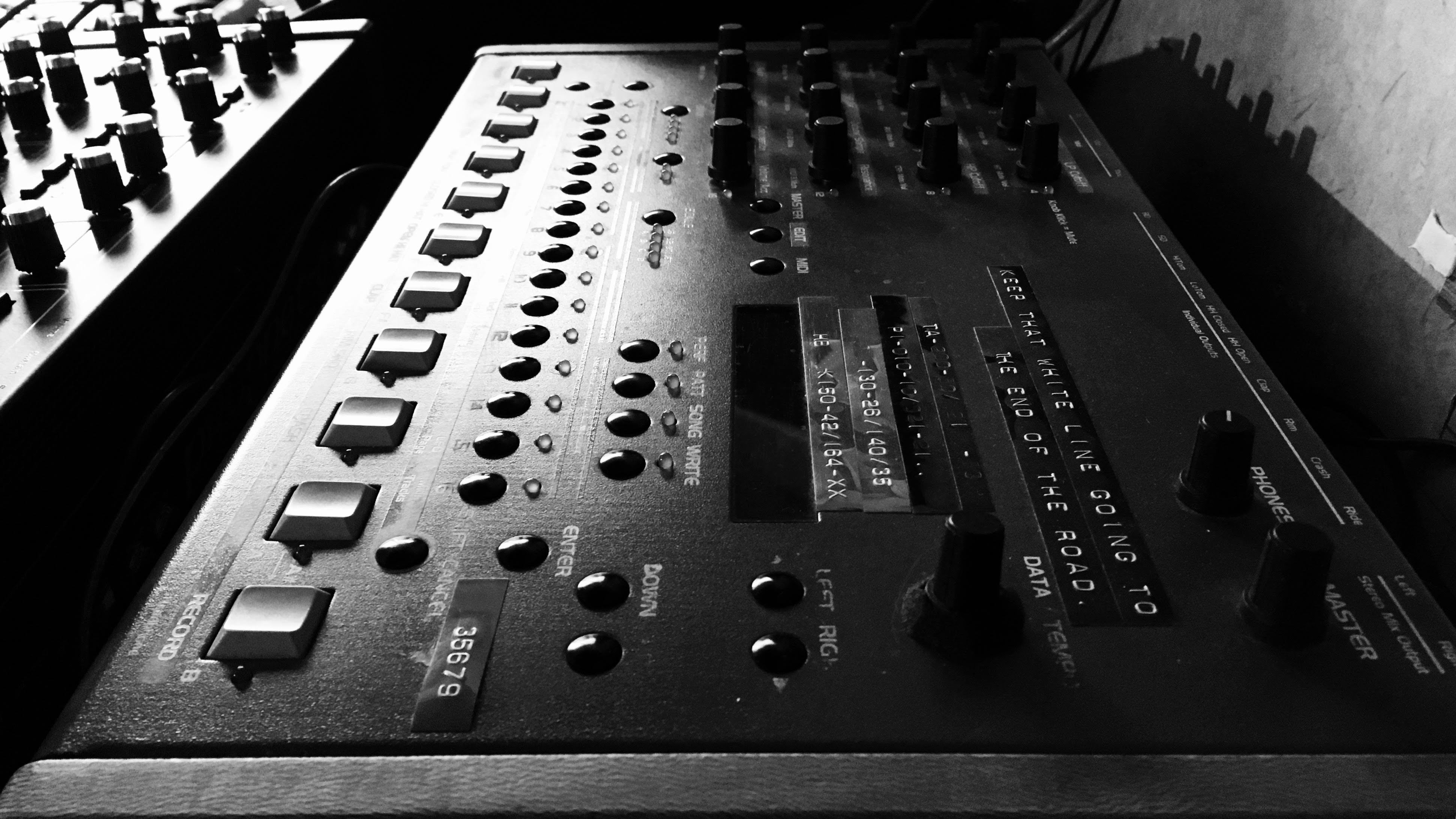
The grumpy German drum machine, built—and actually sounding—like a tank with the most devastating bass drum on earth. It has got two LFO (Low-Frequency Oscillator) that you can add to your kick, or wherever you like.You also can load your own 8bit drum sounds to the five-sample based bank.
It sounds so powerful and solid that we had to spend a great amount of time trying to control and restrain it, while other drum machines—on the contrary—would have required some enhancements and fattening. Sounds sculptors always prefer come rich and dense raw material to work with.
Jupiter 4—Roland
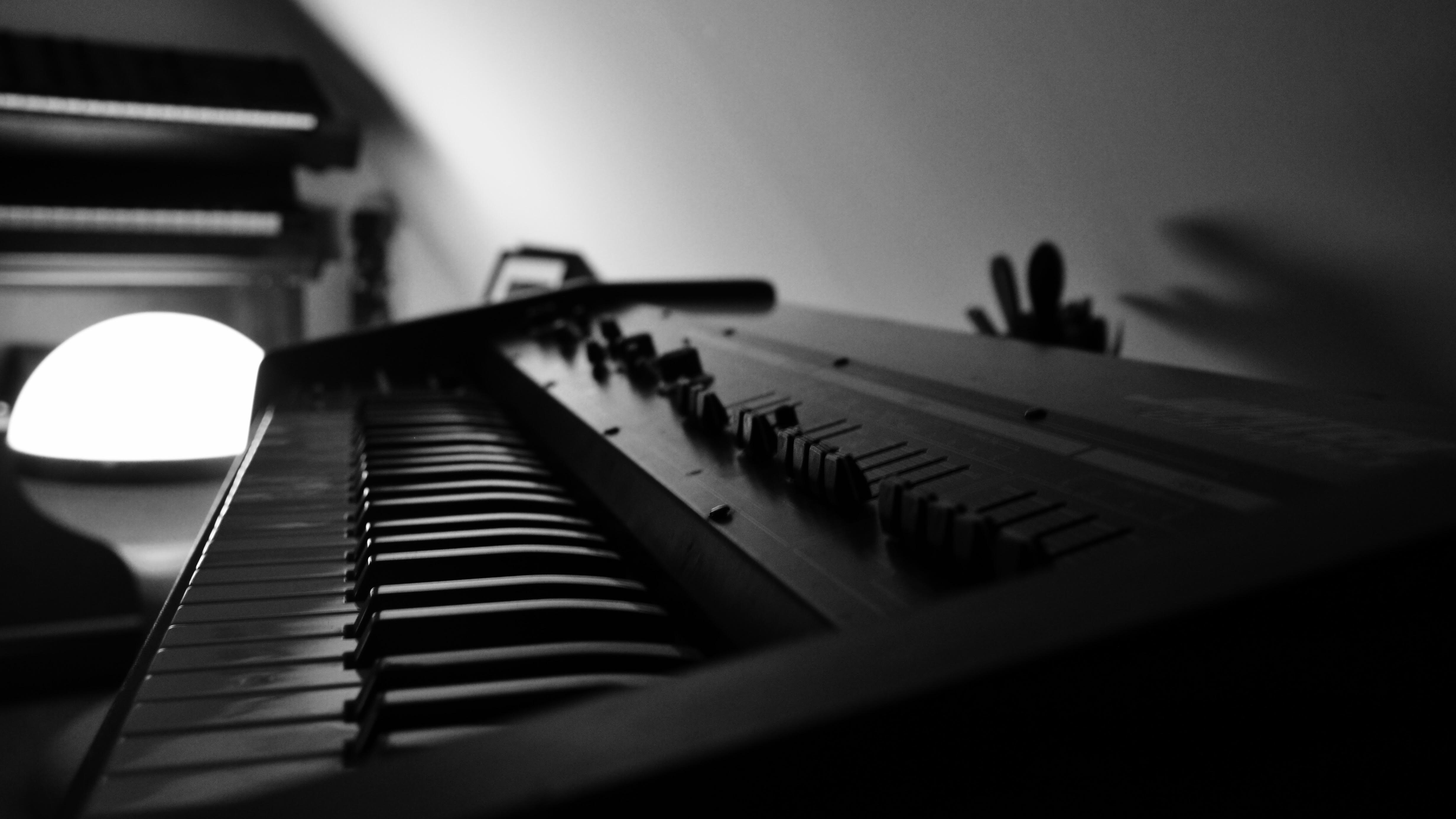
Another timeless classic.
The first time that the arpeggiator began to run, the synthesizer would not stop playing for many hours. It was a revelation.
Although very basic, it is the most groovy and unique arpeggiator in the history of synthesizers. The VCO single is extremely well-rounded. It has its own soul in the Jupiter family. We use it mostly for pads.
Shermann Filterbank II
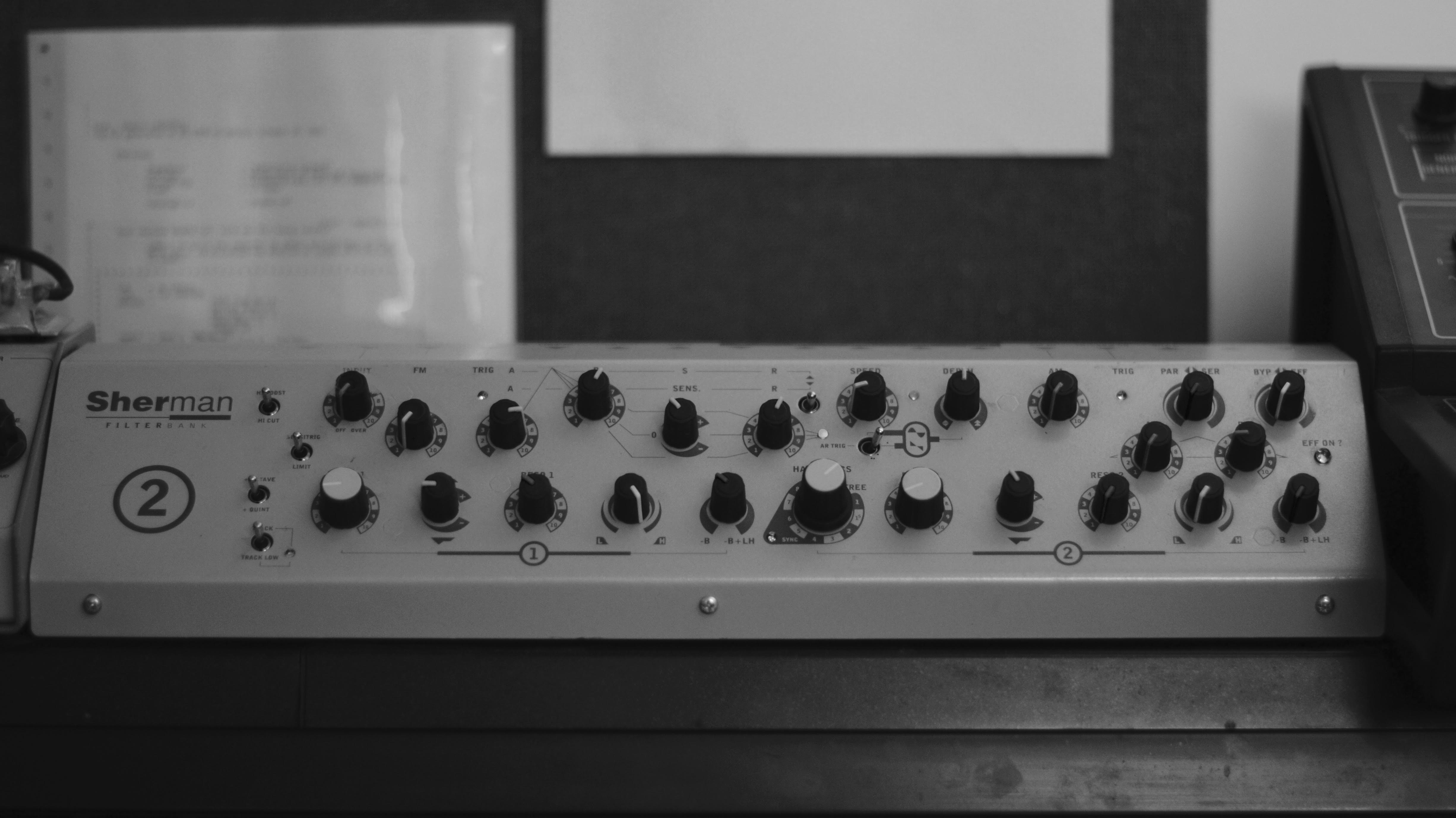
The Shermann Filterbank is a strong and flexible analog filter, with lots of character and aggressiveness. Independent low pass, band pass, and high pass filters with resonance, frequency, and ADSR, which can be switched between parallel and serial.
You have to put your knowledge and discipline aside, to concentrate fully on the results. It’s a very peculiar and unpredictable instrument. It’s always standing on the high-end of our modular system, especially for bass treatments and a little dose on the pads, to weave in a bit of warmth and distortion. It’s a real beast.
Ableton Live & Push II
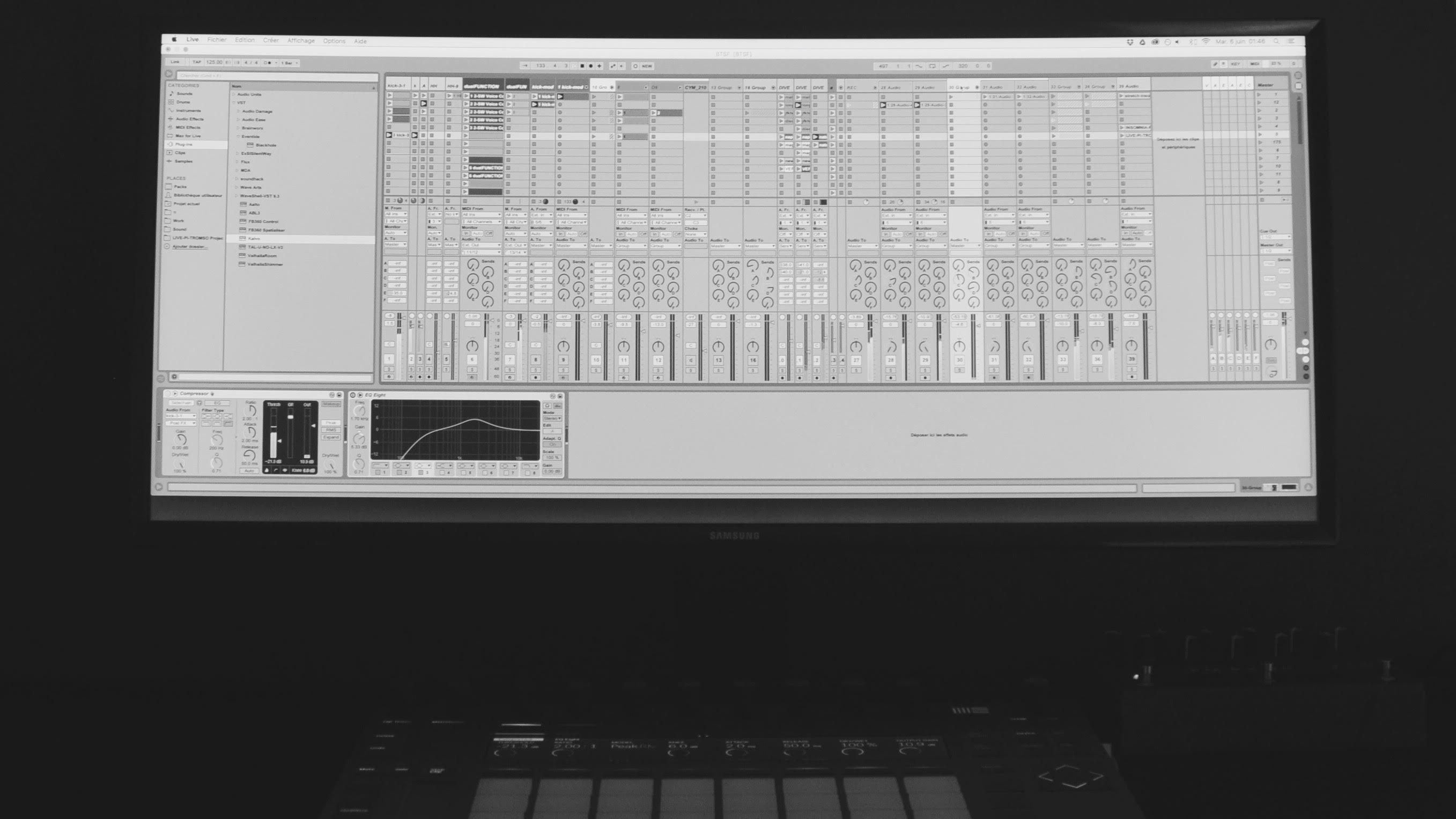
Our production method is a bit atypical in our scene—the computer has a central role in composition, even though all of our sources are analog and we design and compose most of our drum sets ourselves.
We record a lot of long audio tracks—and one of the specificities of our music is that it reveals itself with the edits. The projects end up very heavy, and require a lot of listening time, to sort and select the recorded material. Ableton offers all we need in terms of edit, and the Push affords us complete control over our sequences. Then, at the very end of the process for each of our EPs and episodes, we head towards the studio to make the final analog summing on a Euphonix mixer.

